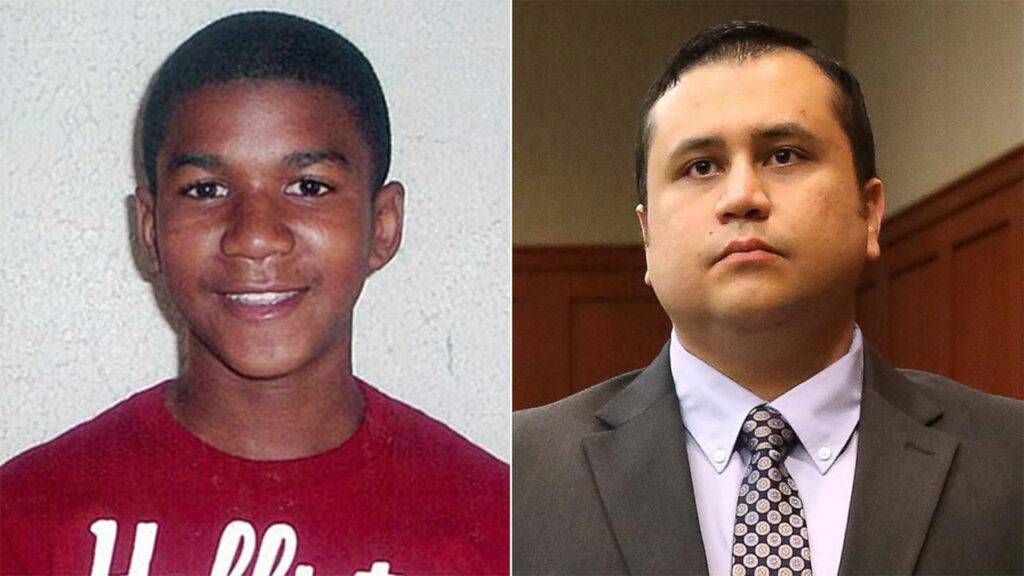Ten years ago, the Trayvon Martin case captured the nation’s attention, sparking conversations about racial profiling, self-defense, and gun violence.
Trayvon Martin, a 17-year-old African American, was visiting his father’s fiancée in a gated community in Florida when he encountered George Zimmerman, a neighborhood watch volunteer.
What transpired that fateful night continues to be a subject of discussion and reflection.

Trayvon Martin Story
Trayvon Martin, an unarmed 17-year-old Black teen, was visiting his father in Sanford, Florida, when his life was tragically cut short on February 26, 2012. George Zimmerman, a neighborhood watch volunteer, fatally shot Martin during a confrontation.
The incident sparked a fierce national debate over racial profiling and the controversial role of armed neighborhood watch members in law enforcement.
What Happened to Trayvon Martin?
Trayvon Martin’s tragic encounter with Zimmerman unfolded during a confrontation, leaving the young teen unarmed and Zimmerman claiming self-defense. The incident not only led to Zimmerman’s initial release but also sparked a nationwide discussion on the implications of racial profiling.
Martin’s untimely death would catalyze the rise of the Black Lives Matter movement just a few years later.
Trayvon Martin Case Updates
Trayvon Martin’s name resonates with other victims of violence, such as Michael Brown, Eric Garner, Tamir Rice, Freddie Gray, Breonna Taylor, and George Floyd. His untimely death and the subsequent protests played a pivotal role in igniting the Black Lives Matter movement, a social justice movement that has gained momentum over the past decade.
Martin’s legacy is often compared to that of Emmett Till, a Chicago teen whose lynching in Mississippi in 1955 fueled the civil rights movement. The Trayvon Martin case underscored the persistent issue of racial profiling in the United States and intensified the ongoing debate over racism.
Zimmerman’s Acquittal and Its Aftermath
George Zimmerman’s acquittal in the Trayvon Martin case left many questioning the justice system’s ability to address racially charged incidents. The controversial verdict prompted nationwide discussions on the need for reform and accountability within the legal system.
Trayvon Martin’s family, after the trial, expressed their disappointment with the verdict. His death became a symbol for activists advocating for changes in laws and law enforcement procedures to prevent similar tragedies in the future.
Conclusion
A decade after Trayvon Martin’s tragic death, the impact of his story lingers in the collective memory of the nation. His case was a catalyst for important conversations about racial injustice, profiling, and the need for reforms within the legal system.
The legacy of Trayvon Martin lives on through movements like Black Lives Matter, which continues to push for social justice and equality. As we reflect on the past decade, it is crucial to remember Trayvon Martin’s story and the ongoing struggle for a more just and equitable society.


